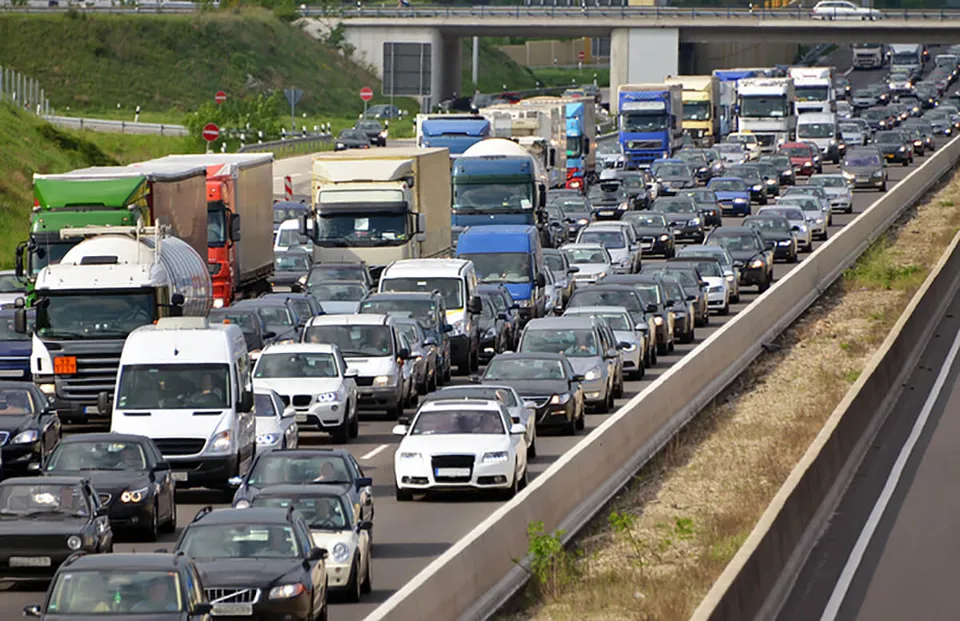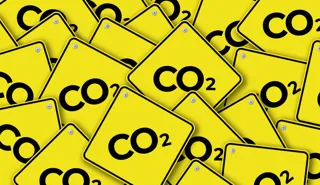The Government is calling on the automotive industry to tackle the impact of particulate and plastic pollution from brakes, tyres and road wear.
A new report published by the Air Quality Expert Group (AQEG) calls for urgent action to address the problem of tyres and brakes which it predicts will account for 10% of national emissions of PM 2.5 by 2030.
Calling on the automotive industry to consider action to address the problem, Environment Minister Thérèse Coffey said: “The documents published today make clear that it is not just fumes from car exhaust pipes that have a detrimental impact on human health but also the tiny particles that are released from their brakes and tyres.
“That is why an ambition of our Clean Air Strategy is to address all sources of particulate matter, including those from transport.
“Today’s research goes a long way in helping us better understand the problem.
“Emissions from car exhausts have been decreasing through development of cleaner technologies and there is now a need for the car industry to find innovative ways to address the challenges of air pollution from other sources.”
Transport Minister Michael Ellis said: “We are committed to reducing all transport emissions and cleaning up our air.
“With record levels of ultra-low emission vehicles on the UK’s roads, things are clearly moving in the right direction.
“To continue this progress, we are looking for ways to reduce emissions from other sources such as brakes and tyres.
“We are engaging at an international level to identify how to measure these emissions as well as aiming to develop standards to control them.”
Mike Hawes, chief executive of the Society of Motor Manufacturers and Traders (SMMT), said: “The automotive industry is committed to improving air quality and has already all but eliminated particulate matter from tailpipe emissions.
“Brake, tyre and road wear is a recognised challenge as emissions from these sources are not easy to measure.
“A United Nations global group, including industry experts and government, is working to better understand, and agree how to measure, these emissions.
“Maintenance of the road surface, as well as further investment in new vehicle technologies, is essential to reducing these emissions, without compromising safety and we welcome further research in this area.”
Although air quality has improved significantly over recent decades, the focus has previously been on tackling exhaust emissions. This report promises the most globally comprehensive analysis to date of the impact of brake and tyre wear.
Fleets looking to mitigate their CO2 impact can use the Fleet News carbon footprint calculator and our car CO2 and fuel economy calculator.



















Login to comment
Comments
No comments have been made yet.